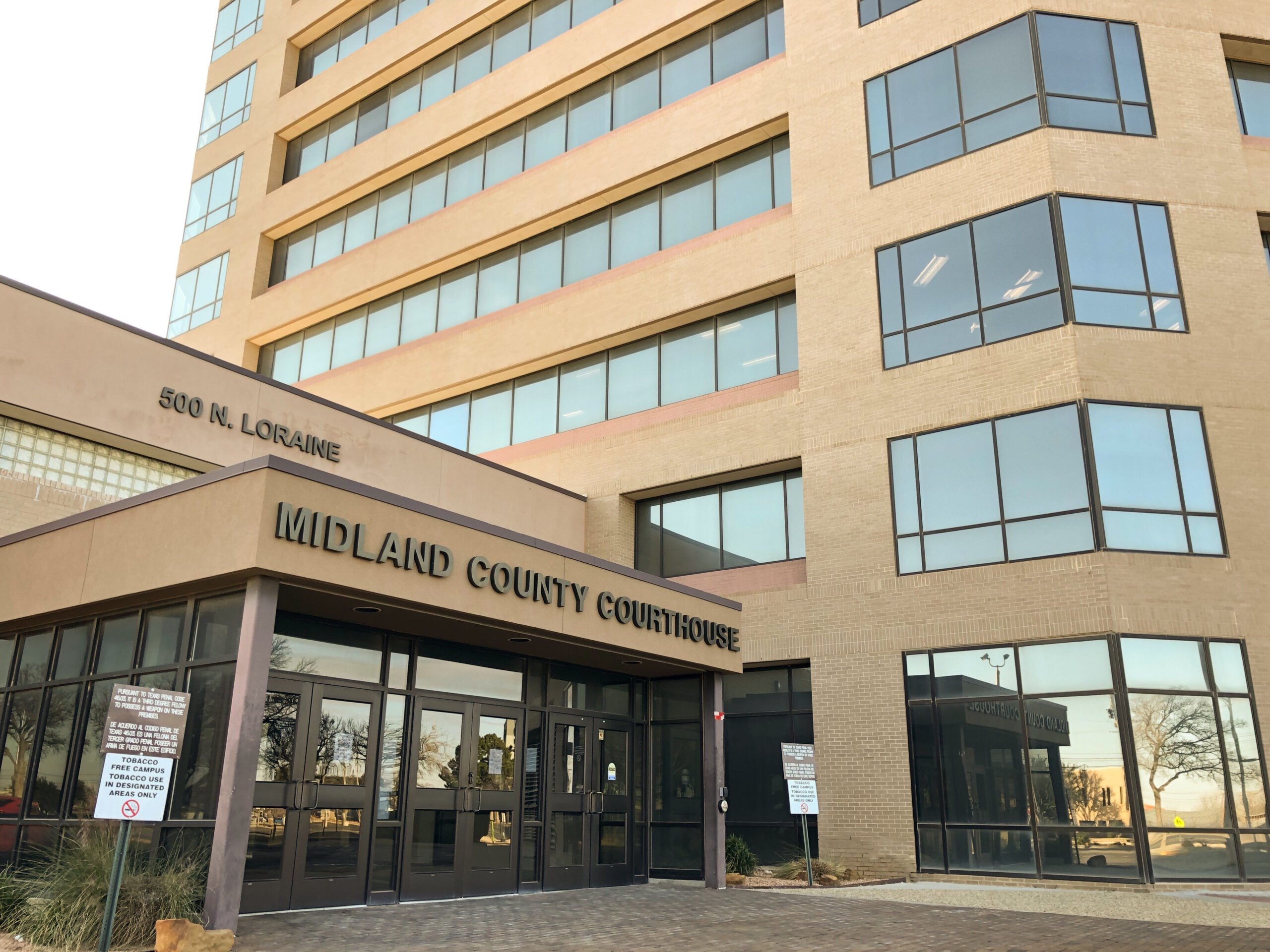ustxtxb_obs_2009_02_06_50_00030-00000_000.pdf
Page 12
PREVIEW Dempsey and Firpo, 1923-1924, by George is on display as part of “An American Original: George Bellows, His Lithographs, and the 1936 Texas Centennial,” at the Amon Carter Museum in Fort Worth through April 19. The life of freelance adventure and improvisation is cool, all right, except when it isn’t. diagnosed with Legg-Perthes disease, a rare form of bone degeneration in the hip. The Grahams lost Willie’s coverage when their insurance company filed for bankruptcy; other carriers considered Willie’s condition pre-existing and wouldn’t cover him. Some of Jon Dee’s friends and fans raised money through benefit concerts headlined by Los Lobos and True Believers and a CD release. When you consider how much musicians and other artists contribute to the community, it seems unfair that its so difficult for them to get medical coverage. What if only musicians with health insuranceout of the 8,000 in Austincould play regularly? We’d have to recall all our “Live Music Capital of the World” bumper stickers and settle for “Home of the Willie Nelson Museum” or something. The contributions of Austin’s musicians and artists aren’t measured just by numbers of nightclubs and decibel meters, either. According to one economic impact study, Austin’s music industry contributes more than $1 billion each year to the city’s economy and more than $25 million in local tax revenue. While an overabundance of local talent means that Austin musicians have a hard time finding enough work to make ends meet, 11,200 local jobs depend on the music business. The Health Alliance for Austin ed three years ago to help provide low-cost medical, dental and mental-health services to financially strapped musicians. The SIMS Foundationfounded in 1995 by the friends and family of Sims Ellison, a troubled local musician who committed suicidehelps provide mental health and addiction counseling and even group sessions for feuding band members. To date, SIMS has helped more than 1,500 musicians. Before any of you non-musician readers get envious of these services, bear in mind that HAAM’s eligibility requirements cap income at 250 percent of the federally defined poverty level. Those are musicians who rely on ramen noodles and boil guitar strings to make them last longer. What’s amazing is that these programs are relatively unusual, if not unique, in the United States. Representatives of 30 THE TEXAS OBSERVER FEBRUARY 6, 2009


